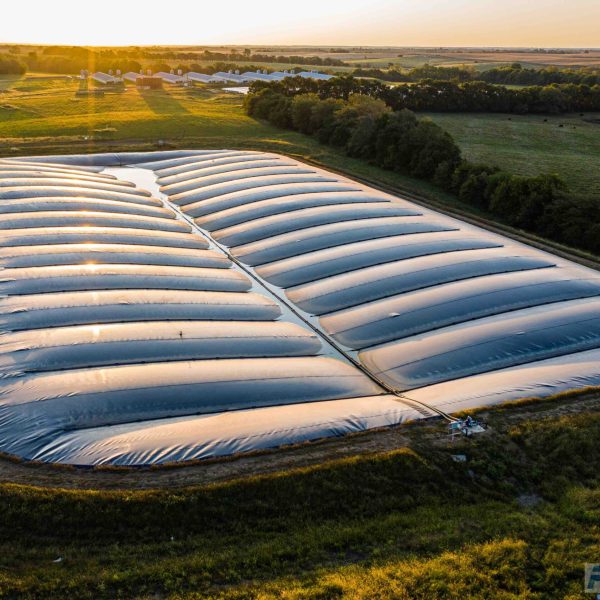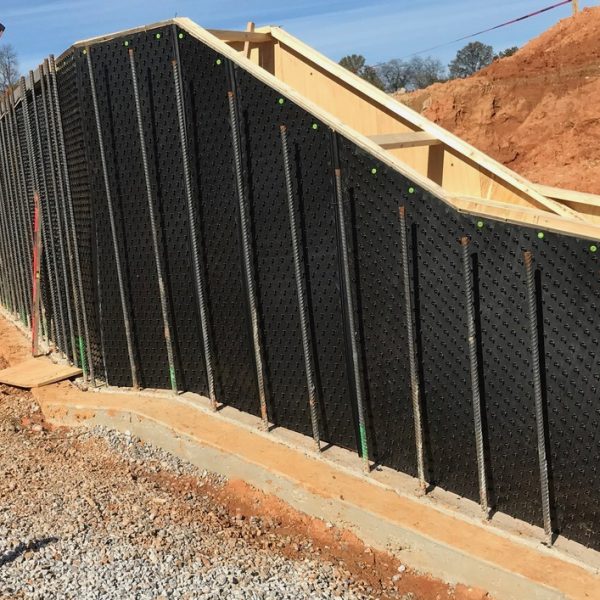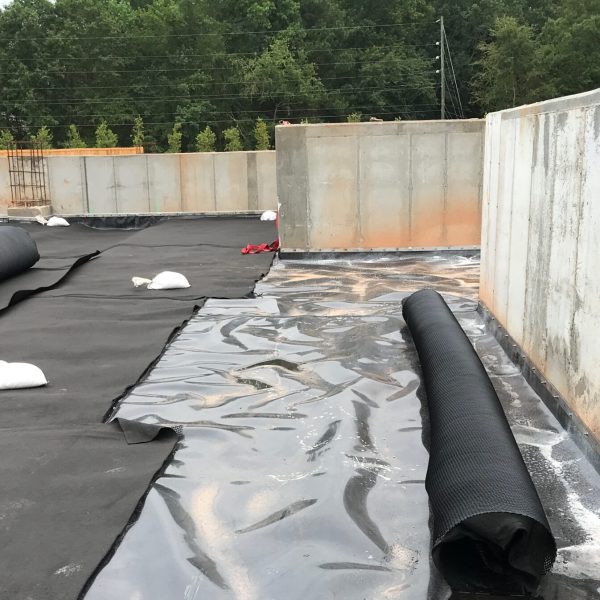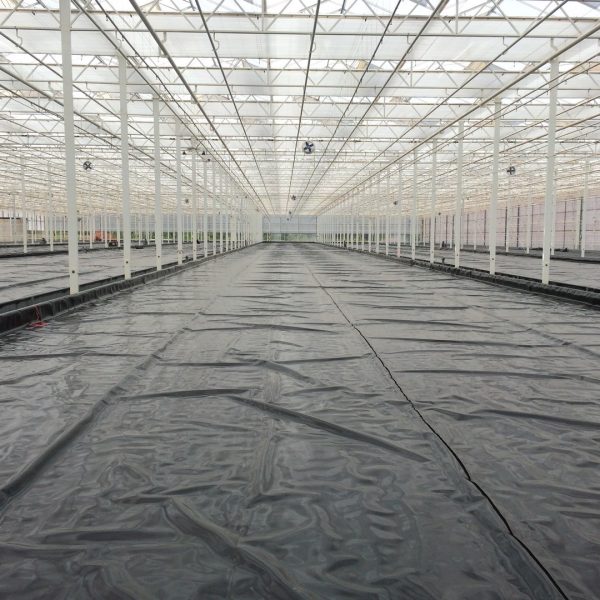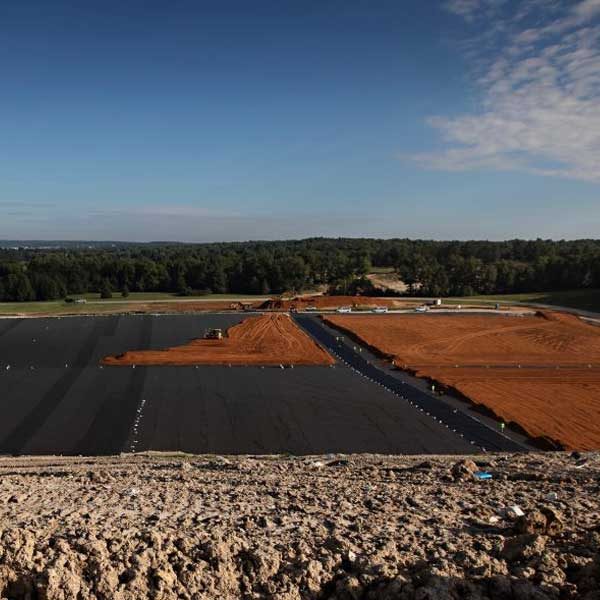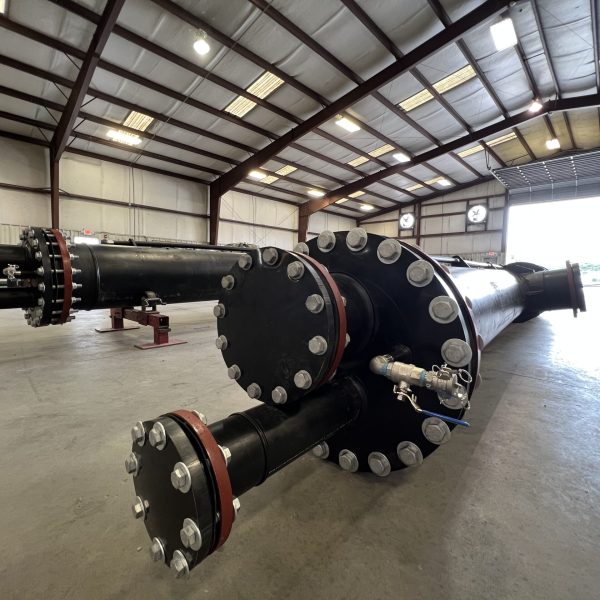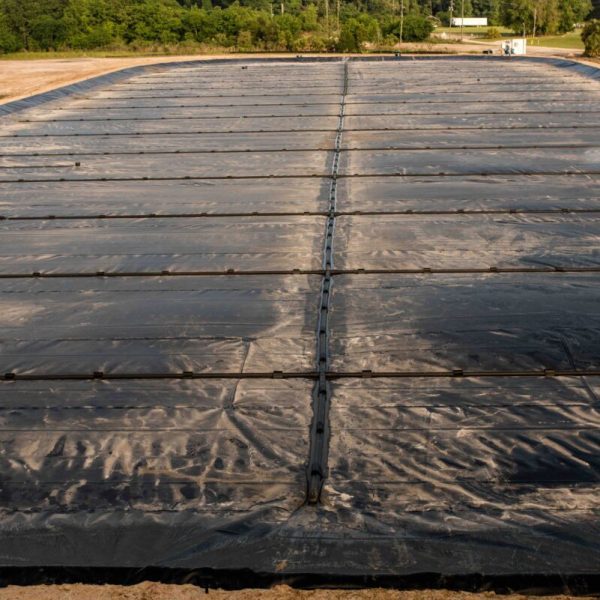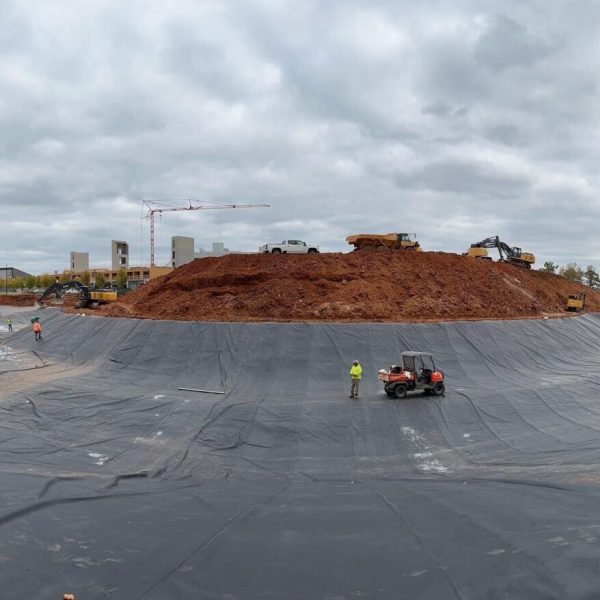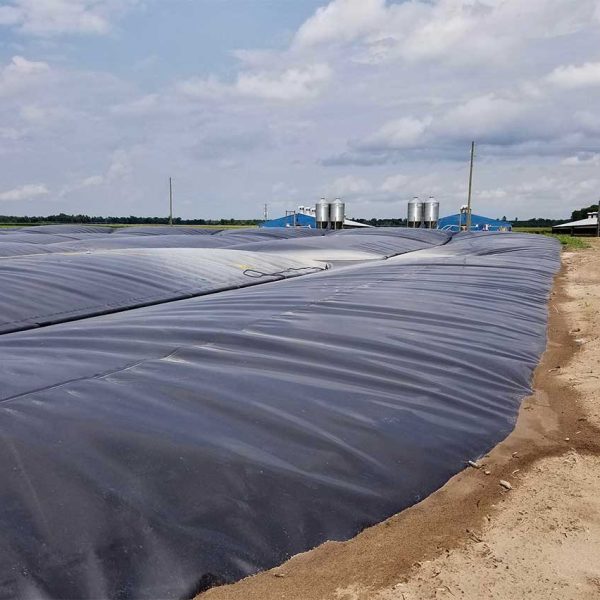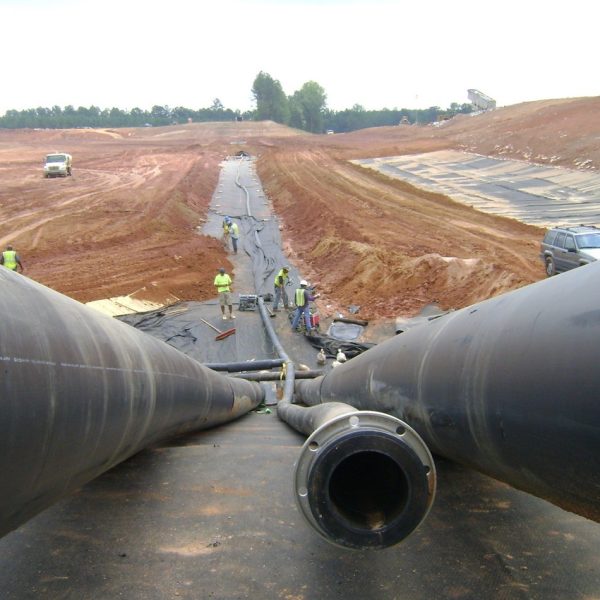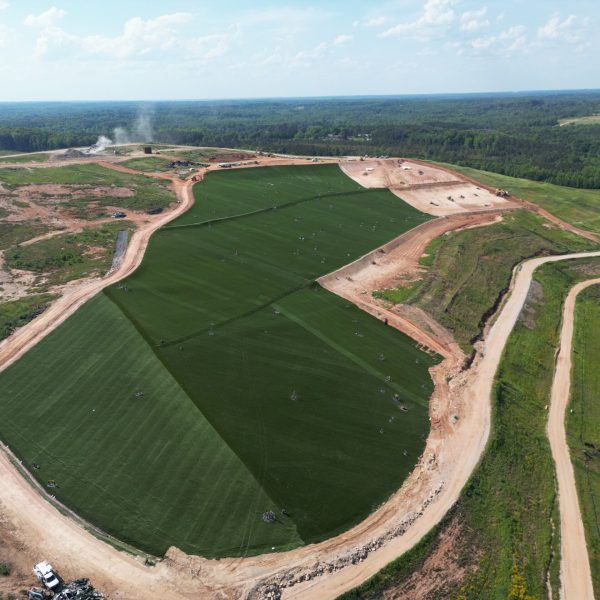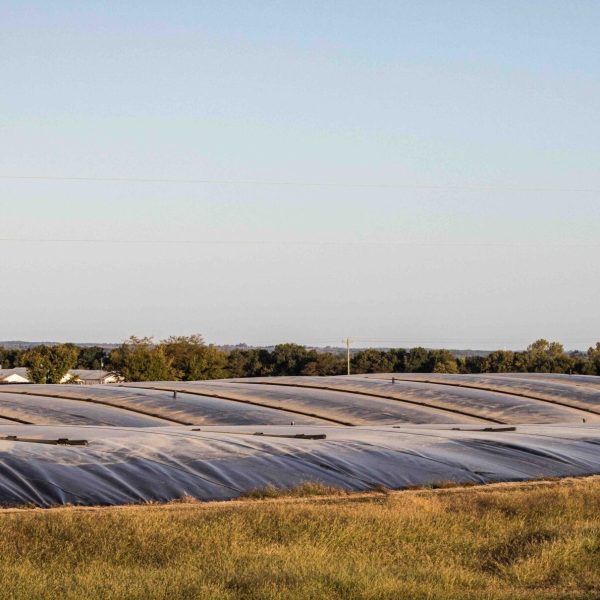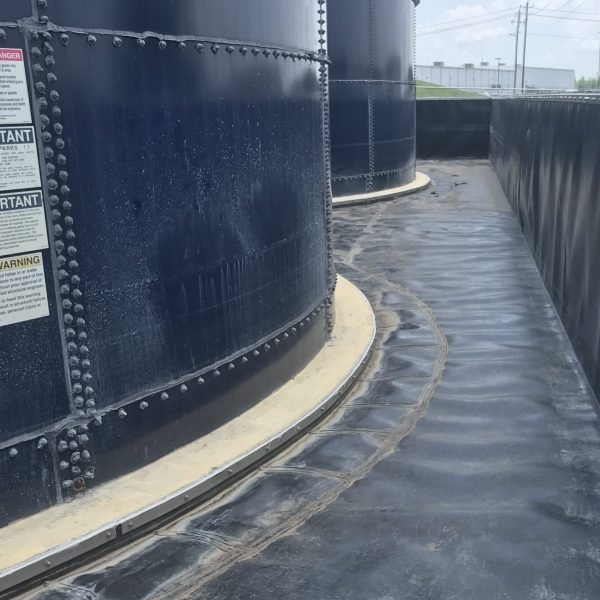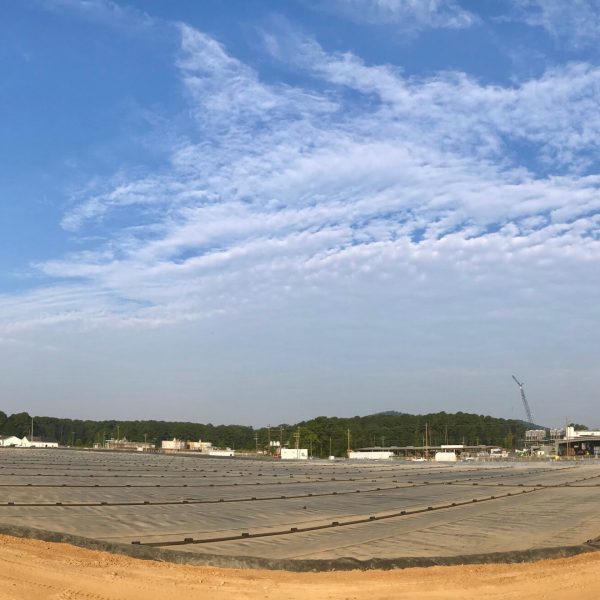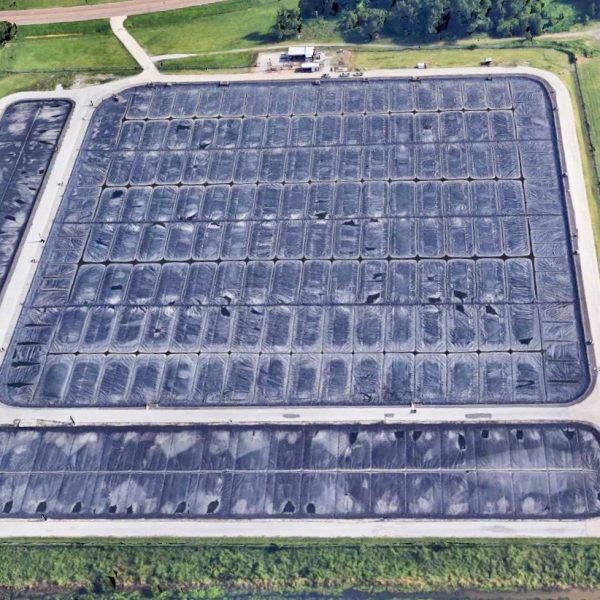Heat Retention Lagoon Cover Installation
Plastic Fusion’s insulated covers help retain heat in pond systems, ensuring stable bacterial populations and improving ammonia reduction. By maintaining higher water temperatures year-round, our covers enhance nitrification efficiency and anaerobic treatment performance, even in extreme climates.
CONTACT NOW FOR FREE CONSULTATION








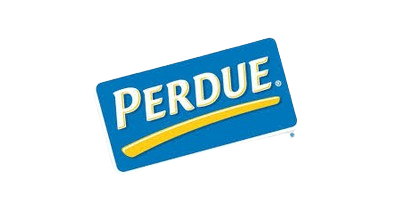
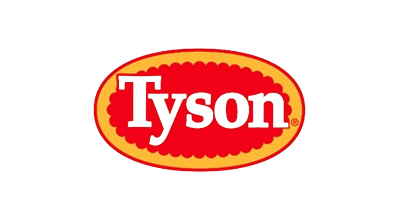







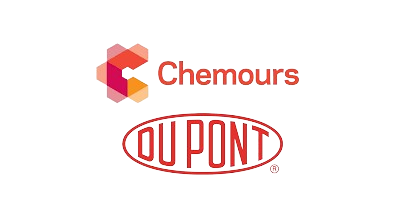
Unmatched Performance
Heat Retention Lagoon Cover Installation
Traditional pond systems lose significant heat through the water surface, reducing biological activity and impacting nitrification—a key process for ammonia reduction. Plastic Fusion’s insulated covers provide year-round heat retention, stabilizing bacterial populations and improving overall treatment efficiency. Facilities relying on anaerobic digestion also benefit from higher, more consistent temperatures, leading to better process stability and methane production.
CONTACT NOW FOR FREE CONSULTATION
Read more
What Is a Heat Retention Lagoon Cover?
A heat retention lagoon cover is a specialized barrier system designed to minimize heat loss from wastewater or agricultural lagoons. These covers help maintain warmer temperatures within the lagoon, which can enhance microbial activity and improve the efficiency of biological treatment processes—especially in colder climates. Additionally, they reduce evaporation, prevent debris accumulation, and limit odor emissions.
Why Use Heat Retention Lagoon Covers?
Heat retention lagoon covers are used primarily to conserve thermal energy, which is crucial for biological performance in treatment lagoons. By trapping solar and internal heat, these covers stabilize temperature fluctuations, particularly during winter months. This leads to faster decomposition rates, improved sludge digestion, and overall system efficiency. They’re also beneficial in odor control, reducing maintenance costs and limiting exposure to external elements.
What Is a Heat Retention Lagoon Liner?
A heat retention lagoon liner is a thermally optimized base liner used in lagoon construction to contain liquid waste while helping retain heat within the system. Unlike standard liners, these may include insulated or layered designs that reduce heat transfer into the ground. This makes them ideal for lagoons treating organic or industrial wastewater where temperature stability enhances treatment performance.
Do Heat Retention Lagoon Liners Make a Difference?
Yes, heat retention lagoon liners play a critical role in improving thermal performance. In cooler climates, liners with enhanced thermal resistance reduce the rate at which heat dissipates into the soil. This helps maintain biological activity levels needed for effective treatment. When paired with a heat retention cover, the system can maintain optimal temperatures more efficiently throughout the year.
What Are Heat Retention Pond Covers Used For?
Heat retention pond covers are designed to reduce heat loss, evaporation, and contamination in industrial ponds, agricultural wastewater lagoons, or thermal storage basins. These covers are often used in operations that depend on consistent water temperatures, such as anaerobic digesters or aquaculture systems. They also offer environmental benefits by preventing rainwater intrusion and reducing greenhouse gas emissions.
Are Heat Retention Tank Covers Effective?
Absolutely. Heat retention tank covers are essential for facilities managing heated liquids—whether in wastewater treatment, food processing, or chemical storage. These covers act as insulative barriers, maintaining internal temperatures, preventing energy loss, and reducing operating costs. Depending on the tank’s function, materials range from flexible geomembranes to rigid floating covers.
Why do traditional pond systems lose heat?
Traditional pond systems lose significant heat through the water surface, which negatively impacts biological treatment processes. Lower temperatures slow down bacterial activity, particularly autotrophic and heterotrophic bacteria, reducing their effectiveness in wastewater treatment.
How do insulated covers improve ammonia reduction?
Ammonia reduction relies on nitrification, a biological process that is highly temperature-dependent. By maintaining higher water temperatures, our insulated covers help sustain nitrifying bacteria populations, leading to more consistent ammonia reduction throughout the year.
How do insulated covers help wastewater treatment facilities?
✔️ Maintain bacterial populations – Prevents seasonal bacterial die-off, ensuring stable biological treatment.
✔️ Improve process efficiency – Reduces the impact of cold weather on nitrification and organic breakdown.
✔️ Enhance ammonia reduction – Supports the biological processes that remove ammonia.
✔️ Reduce heating costs – Minimizes heat loss, cutting down on energy usage for temperature control.
Do insulated covers help anaerobic treatment systems?
Yes! Anaerobic digestion depends on consistent temperatures for effective waste breakdown. Our covers help retain heat year-round, improving methane production and process stability, even in regions with extreme seasonal variations.
Can insulated covers be used in extreme climates?
Absolutely! Our covers are engineered for year-round heat retention, even in areas with harsh winters and extreme seasonal temperature shifts. They help maintain optimal biological activity regardless of weather conditions.
How can I get an insulated cover for my facility?
Contact Plastic Fusion today to discuss custom insulated cover solutions for your wastewater treatment facility, anaerobic digestion system, or industrial pond.

